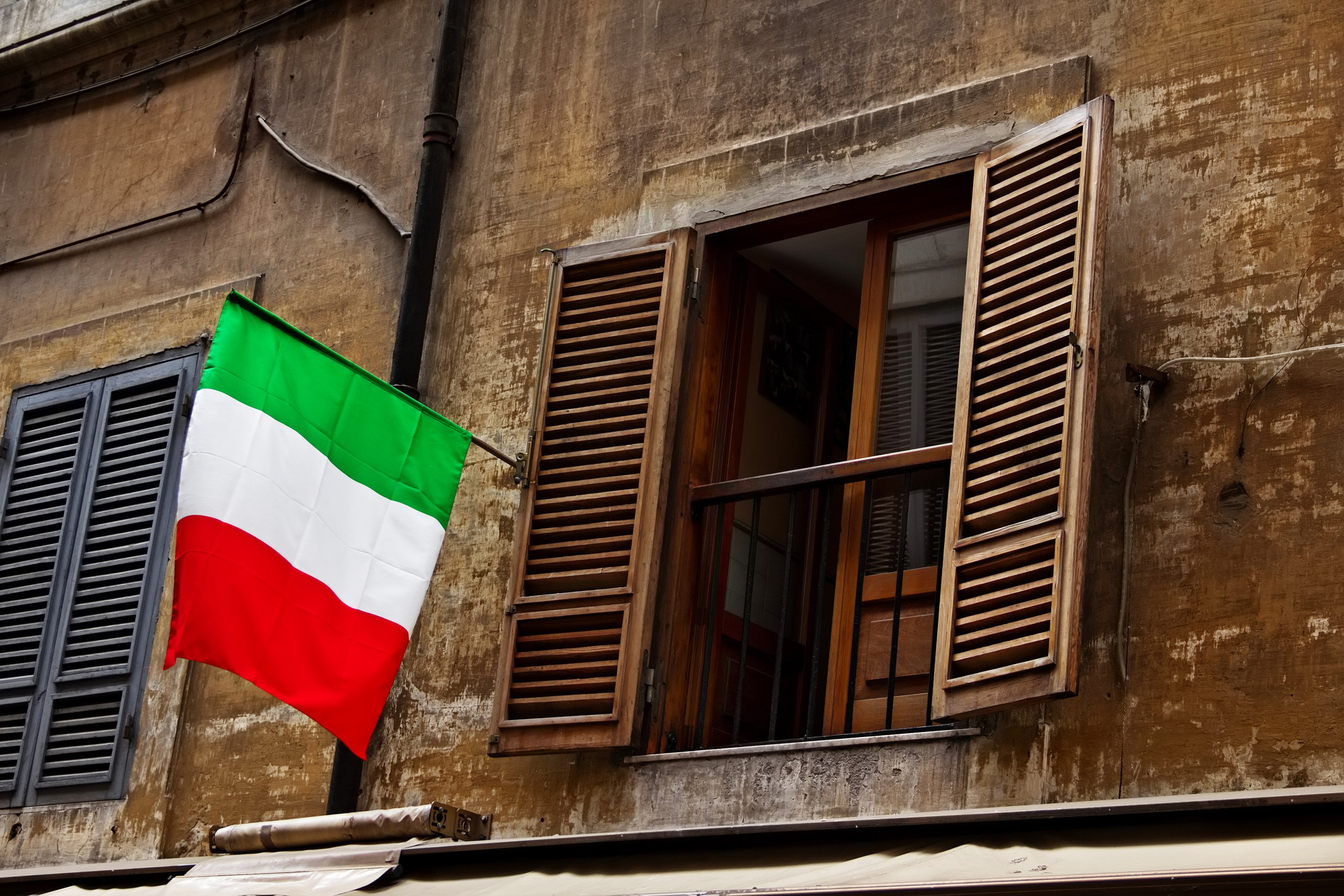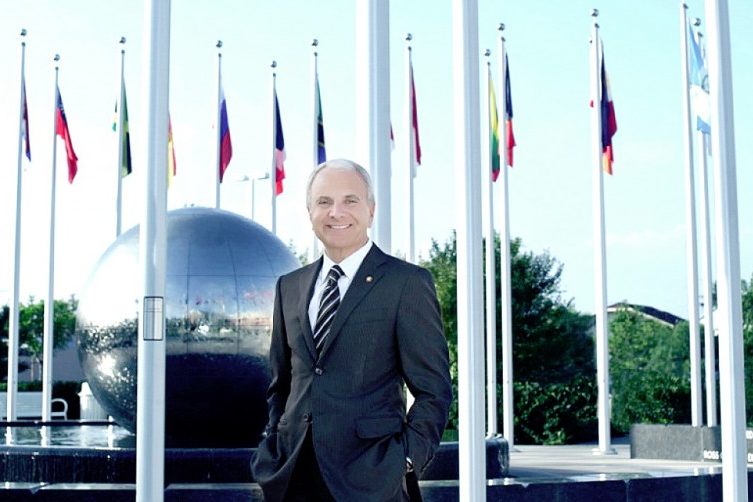This month, despite autonomist and separatist claims from some regions, Italy proudly celebrated its 153rd anniversary as a unified nation.
But how does a country become a nation-state? In the 19th century, Italy was divided into a number of independent states with different customs due to foreign dominations.
Nevertheless, they shared a sense of community and belonging in terms of geographical borders, language – based on the Florentine dialect of the 14thcentury used by Dante – and cultural values. This common identity dates back to the ancient Roman Empire, and has always been a distinguishing feature of the Italian people in contrast to our fellow Europeans.
After the Napoleonic era, ideals of political and social transformation and independence spread all over the Peninsula, while feelings of patriotism began to rise within the population.
With the Resurgence – a political and cultural movement that defines the Italian revolution against foreign rulers, mainly Austria – most of these states were unified to form the Kingdom of Italy, thanks to the accomplishments of leading figures like Giuseppe Garibaldi, Giuseppe Mazzini, and Camillo Benso of Cavour.
The year 1861 officially marks the Italian unification, when the new Parliament met in Turin and proclaimed Vittorio Emanuele of Sardinia first king of a unified Italy. And yet, it was only completed de facto with the annexation of Rome and the Papal State in 1871, and of the so-called unredeemed territories, such as Trento and Trieste, after World War I.
In 2012, the Italian government established a public holiday to commemorate the unification, with the main purpose of promoting the values of citizenship and common identity.
The anniversary is celebrated throughout the country, and in Rome a solemn ceremony usually takes place at the Altare della Patria (Altar of the Fatherland), the renowned marble monument honoring King Vittorio Emanuele.
This year’s celebration featured the presence of Giorgio Napolitano, President of the Republic, who laid a wreath at the war memorial. Prime Minister Matteo Renzi, City Mayor Ignazio Marino, and military representatives were also in attendance.
As underscored by contemporary politicians and entrepreneurs, this festivity should be an occasion to meditate upon the strength of the Italian people and the country’s assets, in order to capitalize on the particularities of each region and boost the economic recovery.
The determination and sense of responsibility that in the past drove our forefathers to create such an outstanding nation must be an example not only for politicians, but for all Italians to revive the historic value of unity and regain our traditional spirit of initiative.





























